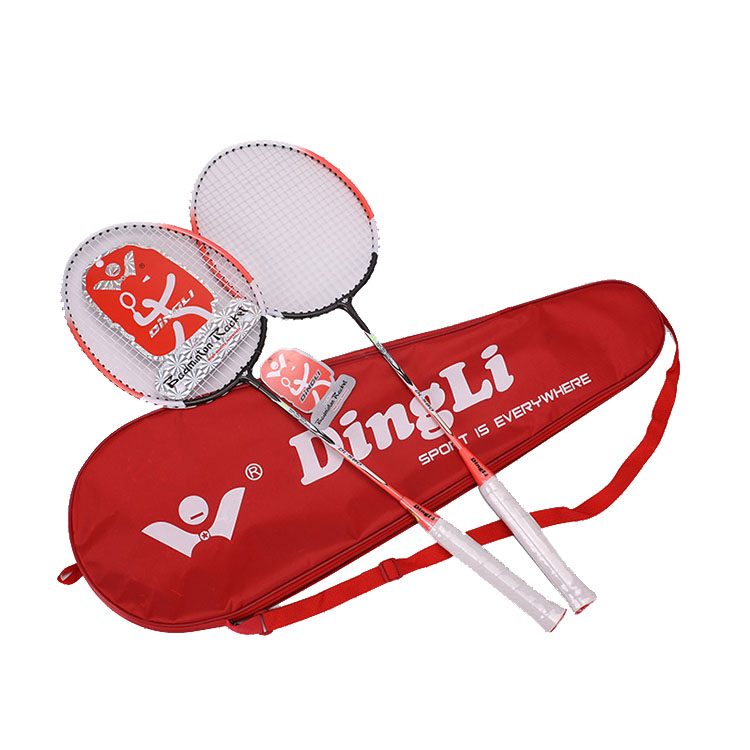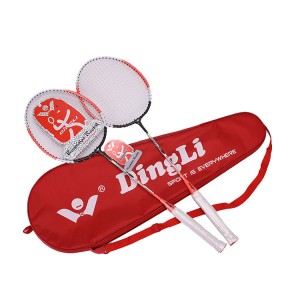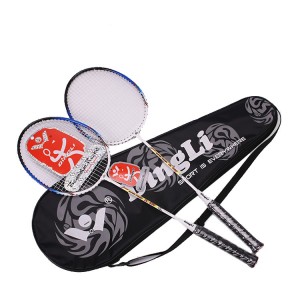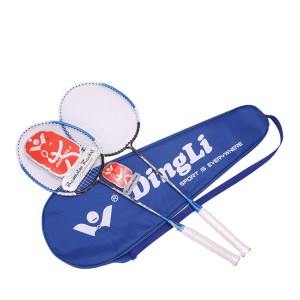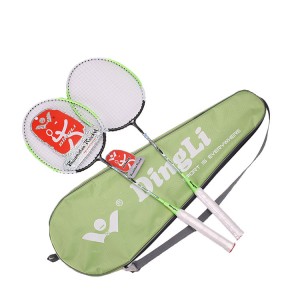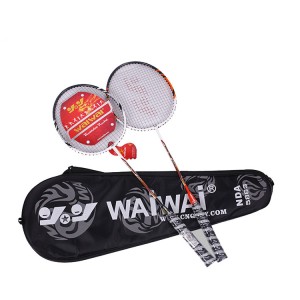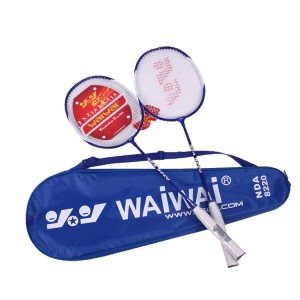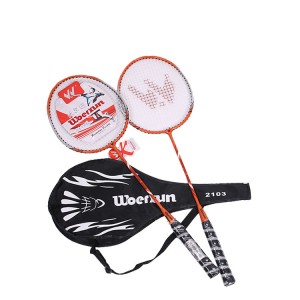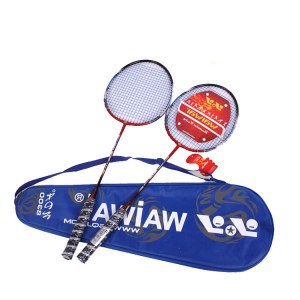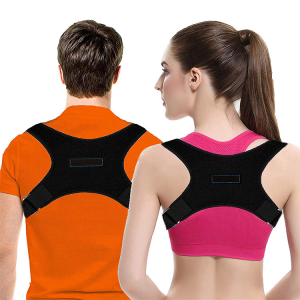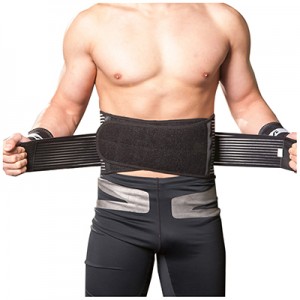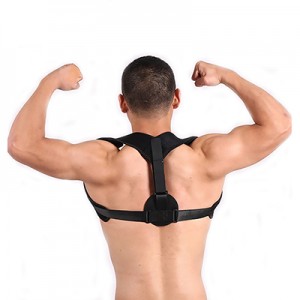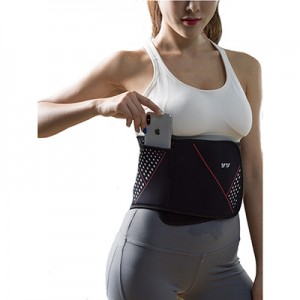Badminton racket
Our racket head is traditionally round. The sweet zone of the racket is the best hitting zone on the surface of the racket. The sweet zone of the racket is near the fourth line of the horizontal line. When the hitting point is in the sweet spot, it can give you enough hitting power, ball control, and little vibration. Each racket is marked with its weight. Most of our full-carbon badminton rackets weigh 85-89 grams, while the weight of aluminum-framed badminton rackets is generally above 95-100 grams. Generally, the balance point of a racket is measured upwards from the bottom of the racket, measured in centimeters and inches. The balance point of our racket is 280-290mm, which is more suitable for defensive control players and players who pursue speed, because the continuous swing speed of this racket will be much faster. With the advancement of technology, many new rackets through precise control of the production process, without using balancers, can make the same model of finished rackets have the same balance point, which is also the basic requirement of high-quality badminton rackets. The length of a standard badminton racket (plus the base) is 675 mm, and our racket is 680 mm long. There are generally three specifications for the length of the racket: 185MM, 190MM, 195MM. The advantage of an extended badminton racket is to improve the hitting point and increase the flashing of the racket, but the extended badminton racket will cause more wrists than ordinary badminton rackets. And the possibility of injury to the arm, and the flexibility of the badminton racket is also reduced, which is not conducive to handling the close-fitting ball. The joints of the all-carbon badminton racket are all integrated in appearance, but in fact, most of them use built-in joints. The frame and the shaft are made separately and then connected by joints, which is conducive to better control of the quality of the racket. Weight and balance point. When the factory first started making rackets, aluminum alloys were used, but now most of them use new materials, such as carbon fiber, titanium alloy, and high-strength carbon fiber. These new materials are lighter, stronger, and more durable, and absorb more vibration and shock. At the same time, racket manufacturers have more room for the design of racket hardness, ball feel, and hitting performance.
